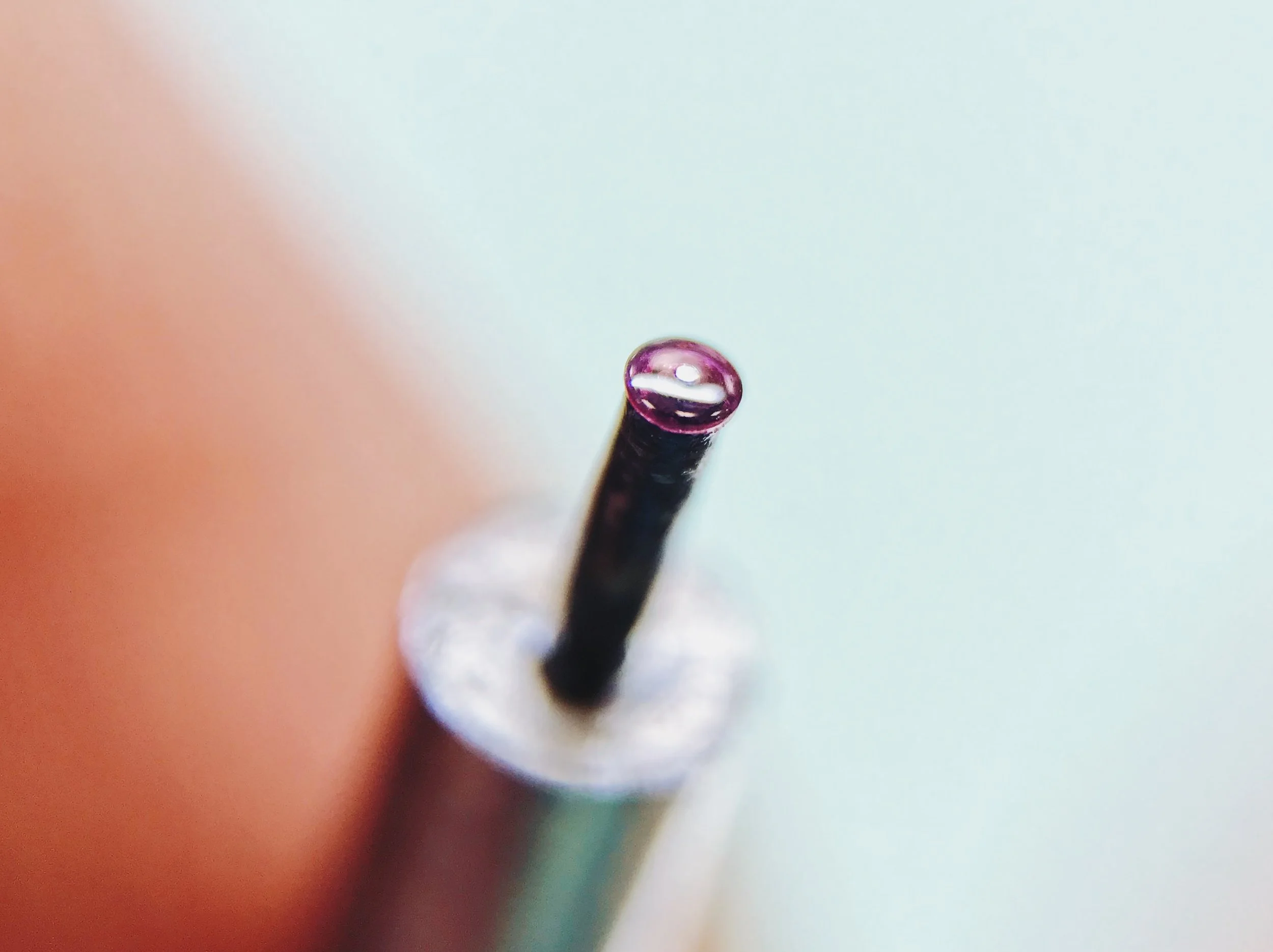Real Life Repair: Omega 535

1970's ladies Omega watches might just be the best value in all of watchmaking.
Ladies watches don't tend to get much collector interest, and Omega made tons of watches in the Quartz Crisis era that weren't finished to the same level as their counterparts before or after... And when you put those two together, prices on the secondary market drop like a stone.
It took some searching, but I was able to source this gold-plated (another collector demerit), tired-but-ticking watch for a song.
Omega has always made wonderful watches, however, and that's evident from the moment that you remove the caseback. Omega plated their watches in a wonderful rose finish for years in the 20th century, which glows warmly in contrast to modern white rhodium. The plating is often rumored to be rose gold; modern tests supposedly reveal it to be a variation of beryllium bronze, a very hard and durable alloy, which would be extremely scratch-resistant. Whatever it's made of, the plating cleans up beautifully and offers a unique look.
Of course, all the scratch-resistance in the world can't save a watch from bad watchmakers. This is a calibre 635, which is indicated on the serial sticker. Some previous butcher apparently had a hard time reading the tiny print, so they carved the calibre number into the plating. It's a shame, but it's a reality of many vintage watches.
The case is plated in 20 microns of 10 carat yellow gold, which means two things. One, it is completely ignored by collectors, who tend towards solid gold or stainless steel cases, and two, it can only be delicately refinished.
Pure gold doesn't tarnish, but 10 karat gold is only about 42% gold by mass, and the other alloying elements have begun to oxidize over the decades. Not all plating is equal, and high-quality Swiss rolled gold plating is more durable than most, so this should clean up nicely with care.
Polishing wheels would likely eat through the plating at the sharp borders of the case, so a friendlier approach must be found. Polishing cloths, lightly charged with luster paste (our final polish paste) are the answer.
Stamping between the lugs indicates the plating thickness; it's also written out fully on the inside of the caseback.
About 10 minutes of careful work is all it takes to clean up this kind of oxidation. Not all of the scratches have been removed, but the tarnish is gone and the plating hasn't worn through. It's a slow and steady process—with this kind of case, it's extremely important to check and recheck the sharp edges of the bezel and lugs to make sure that you're not wearing through the plating.
Ladies movements have a hard time timing as well as full size movements because of their smaller balance wheels. This watch has about a 30-second 60-position delta, with an average daily rate of +3 s/d. I'll have to monitor it in real-life conditions to make sure it doesn't fall off too badly with use.
All in all, this little watch was a joy to rejuvenate. Ladies movements can be intimidating because of their small size, but a tiny well-made movement is more fun to service than a badly-made pocket watch-size calibre any day!
Watchmaking student at the Lititz Watch Technicum, formerly a radio and TV newswriter in Chicago.










